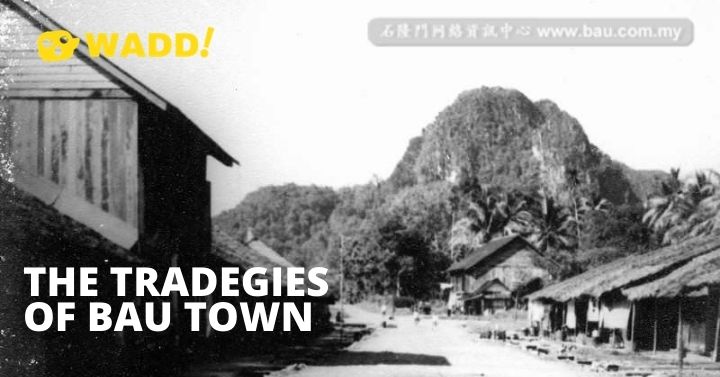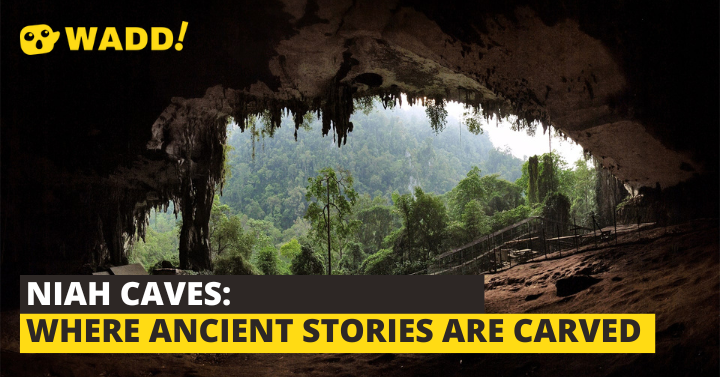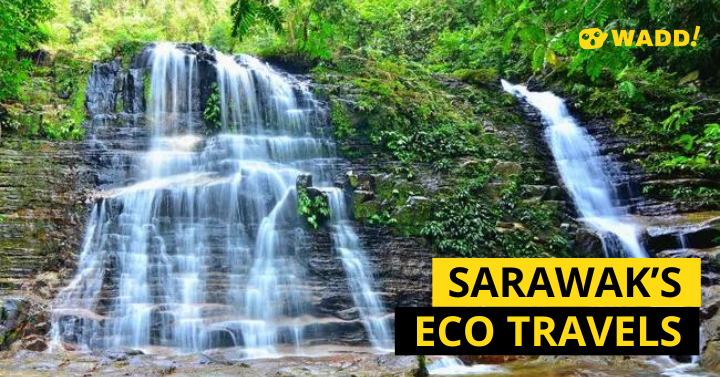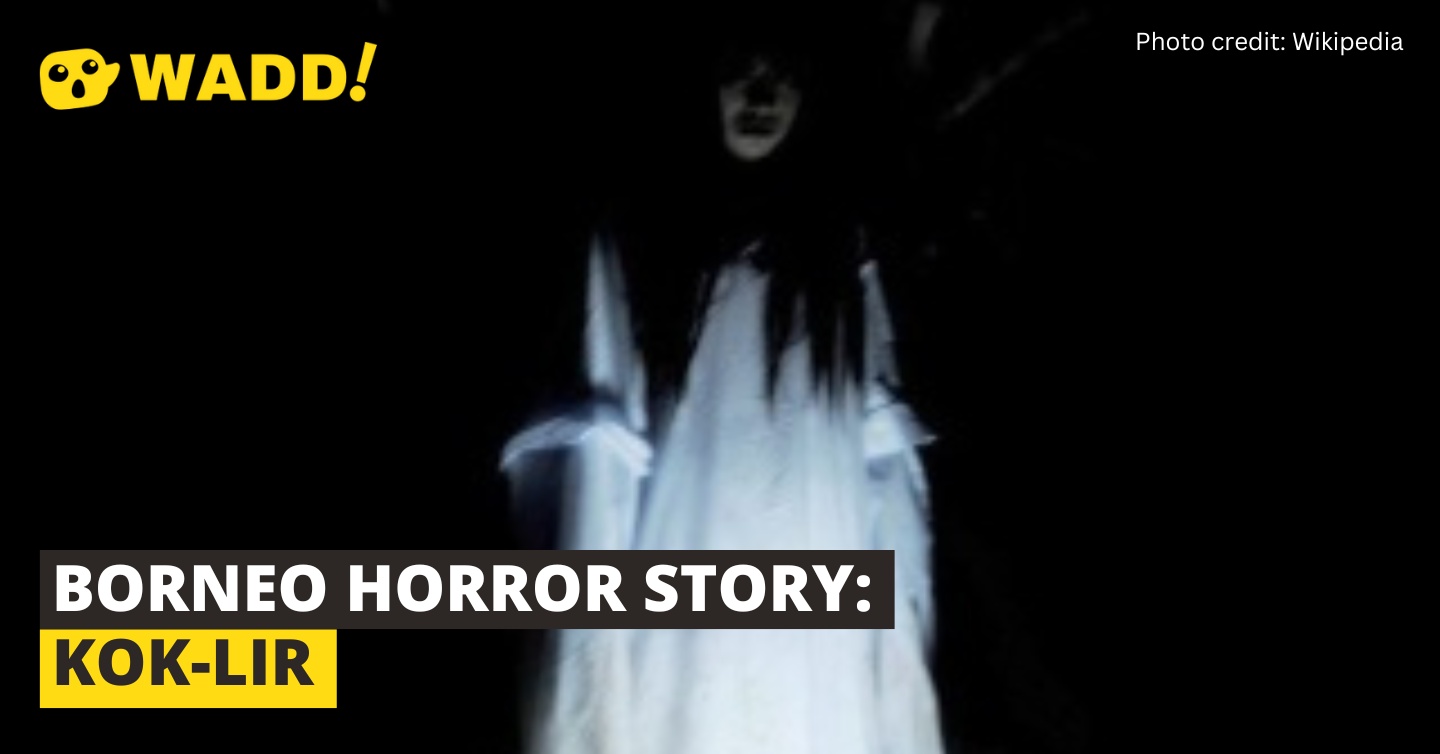More than one hundred and seventy years ago, Bau was at it's 'golden' age, literally, because it is rich in antimony and gold.
In the early 1830s, Chinese immigrants from Sambas came to Bau town. It grew from a town of a few hundred to approximately 4,000 people very quickly after the discovery of the antimony and gold.
The old name for Bau district is "Upper Sarawak" whereas the old name for Bau Town was "Mau San" or "Bukit Mau". European authors during the Brooke regime pronounced "Bau" as "Bow".
The First Tragedy Of "Mau San" (Bau)
The first tragedy of Bau town. On 1 May 1837, the Skrang Ibans invaded the Jagoi-Bratak Bidayuh settlement on top of Bratak Peak, killing over 2,000 Jagoi-Bratak Bidayuh men and taking 1,000 women captive. Panglima Kulow, head of Jagoi-Bratak Bidayuh community, and a handful of his followers survived the massacre. In 1841, Sir James Brooke came and managed to rescue some of women captives. Sir James Brooke was the first White Rajah of Sarawak. Till this day, the descendent of the survivor still hold a Jagoi-Bratak memorial day on 1 May.
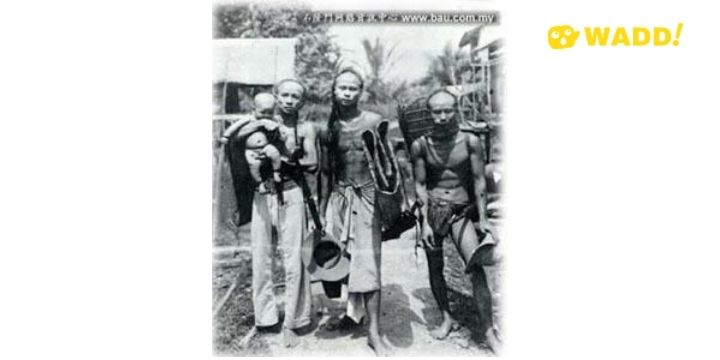
Chinese Miners in 1823. Image source via placeforthesaints.blogspot.com
The Destruction Of The First Bau Bazaar "Mau San" (Bau) - 1857 Gold Mine's Rebellion
In the early 1820s, a few hundred Chinese miners and their family stayed in "Mau San" under the leadership of Liu Shan Bang or Kongsi Twelve. "Mau San" became very prosperous and a thriving town. It was said that Sir James Brooke imposes high taxes on Gold Mining that causes the second tragedy to occur and led to the destruction of the first Bau Bazaar "Mau San" in 1857.
It was estimated that at least a few hundred women and children were burned or died from suffocation inside the Ghost Cave. Some three thousand of Liu Shan Bang's followers were killed in "Mau San" by Sir Charles Brooke's force and left their bodies to rot. According to historian report, the Chinese population in "Mau San" was wiped by three quarter.
As to how the new name ‘Bau’ came about, it is said that it was either derived from the old name "Mau San" that the Chinese miners gave to the place, or from the fact that the place reeked of odour after the many deaths that the place had witnessed from the conflict.
A Thriving Town Of Bau
The discovery of antimony and gold in upper Sarawak attracted more people to Kuching, including Singapore merchants and Indian-Muslim businessmen. Bau's town importance as antimony and gold mining region has led to the opening of Kuching as a major entrepot and arrival of the Borneo Company in 1856. Kuching's population had then grown to about three thousand people by the time Brooke's arrival in 1839.
Another Tragedy Strikes Again
When the Japanese captured Kuching on December 24, 1941, the local gold miners and farmers tried to buy up provisions to stock up in case they ran out of food.
“But when they turned up at Bau, the 'taukeh' refused to open their shops because they too were trying to stock up for their respective families. So the looters broke in and took what they wanted," said Joseph Aloysius Kuek, a retired Batu Lintang teacher.
They then targeted the shop of the leading businessman who had also refused to pay the salaries of his workers,” said Kuek. Taking the law into their hands, a group of men searched for the main 'taukeh' but could not find him. They then set his shop on fire and not long after the whole town was ablaze.
After The Japanese War
The small Chinese community in upper Sarawak remained incognito, until Charles Brooke and his son Vyner Brooke, tried to convince the Chinese to return. It took some time to revitalise Bau, but it remains rather small throughout the White Rajah era.

The flood in 1963 Image source via bau.com.my
Tragedy, Killings and the Formation of Malaysia
There was a big flood at the end of January 1963. It took the lives of 2 souls. It washed away 115 houses and destroyed 51 houses. The Bau Bazaar were flooded up to 10 feet high, and even the Police Station was reported under 4 feet of water.
Apart from that, the Bau town became a major base of the Sarawak Communist party. During this time, there were many killings, ambushes and assassination of police informers by the communists. The peace finally arrived when the North Kalimantan Communist Party (NKCP) has signed a peace agreement with the Sarawak government in 1973.
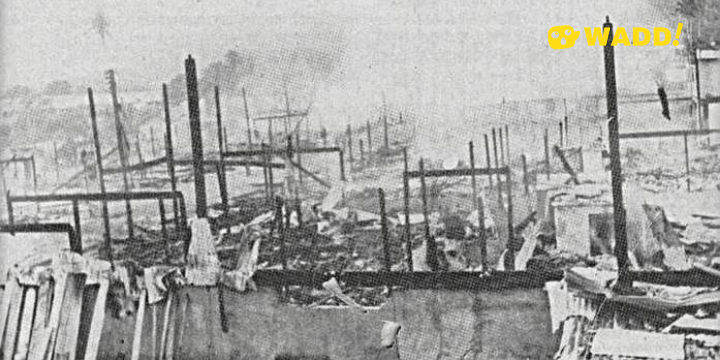
The big fire 1978 Image source via placeforthesaints.blogspot.com
The 1978 Big Fire
Alas. Peace was not long for Bau Town. On 24 September 1978, 3.30 am, Bau Town was on fire again. Although the firemen arrived at the scene 10 minutes after receiving the alert, the fire had spread to the roofs of 2 shop-houses. The strong wind and explosions of gas, kerosene and ammunitions exacerbate the fire. Three more fire engines and 14 men from Kuching arrived at the scene at 5 am, but, by that time, most of the 69 wooden shops were destroyed beyond recognition. Only a row of 6 wooden shophouses at Jalan Ong Guan Cheng was saved. Although no casualty was reported, it made approximately 900 people homeless.

The 1979 Bus Tragedy. Image source via placeforthesaints.blogspot.com
The 1979 Bus Tragedy
Bau had suffered yet another tragedy on 7 June 1979 when a busload of 65 students and 3 trainee teachers from SMK Lake school plunged into the Bau lake (Tasik Biru). Despite the rescue effort, 29 students and a teacher died from the tragedy.
Reference:

